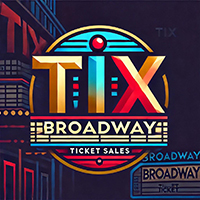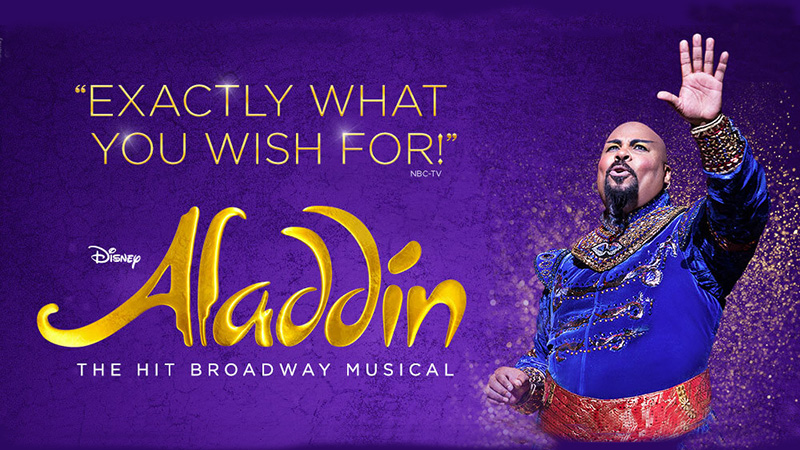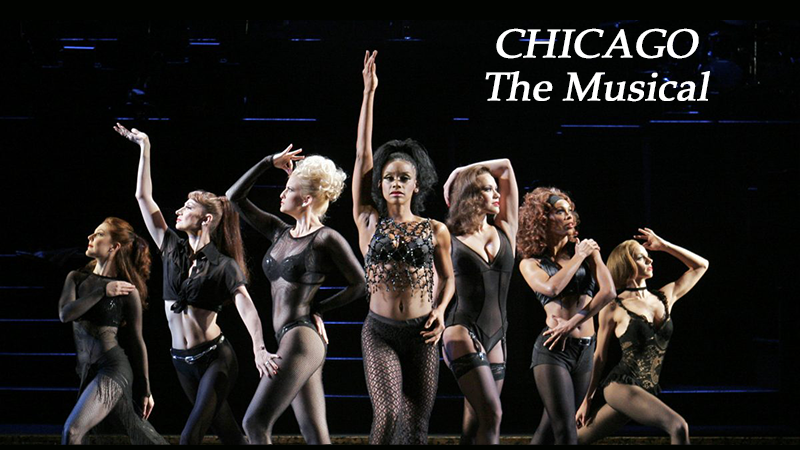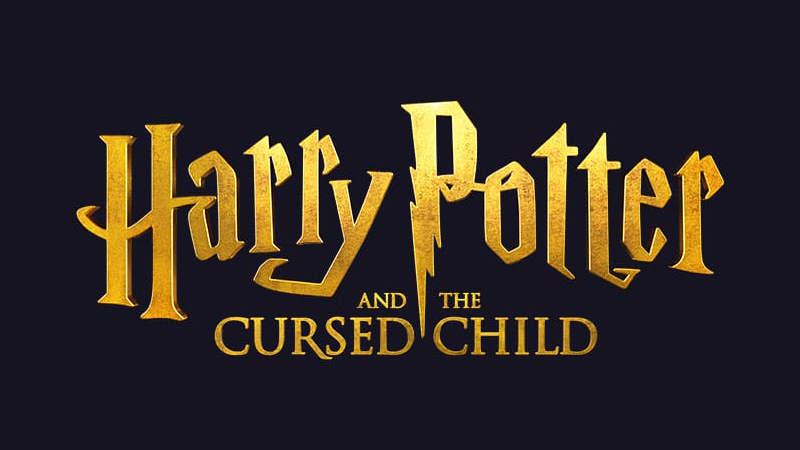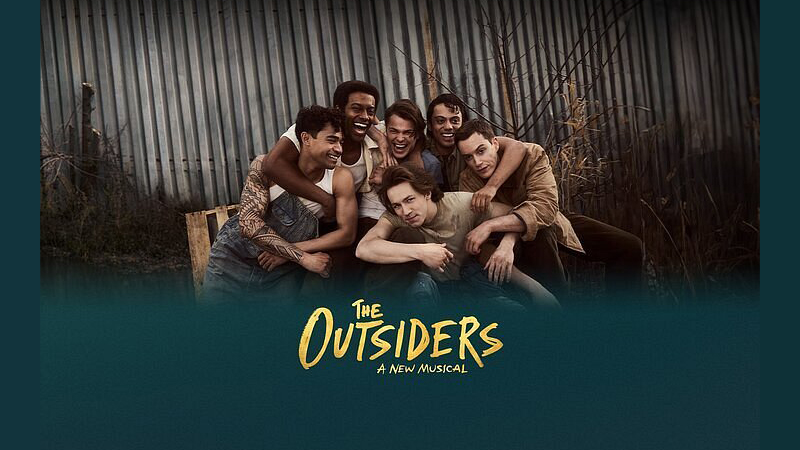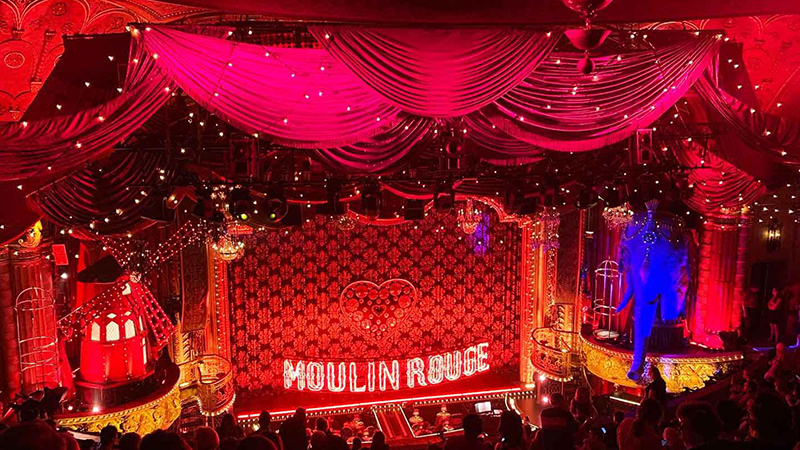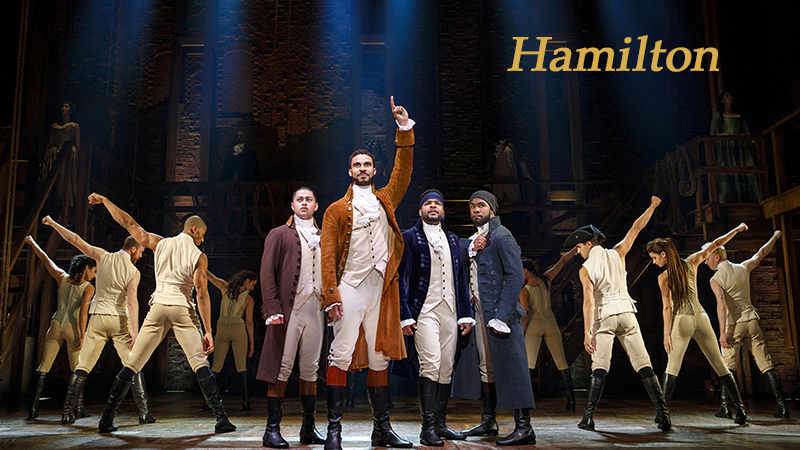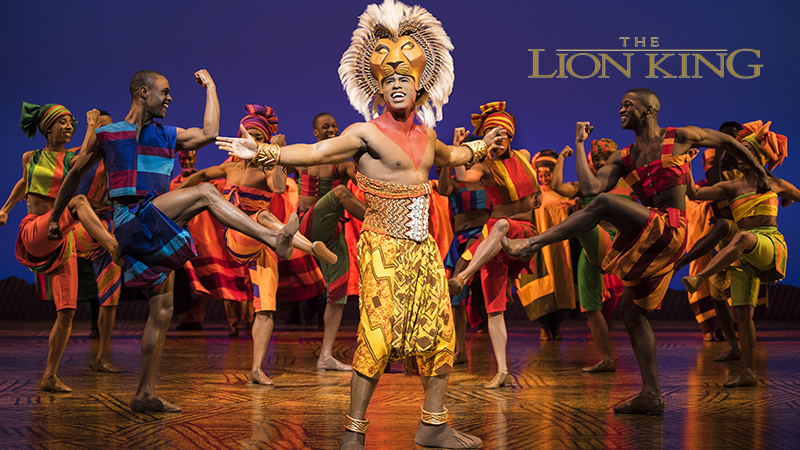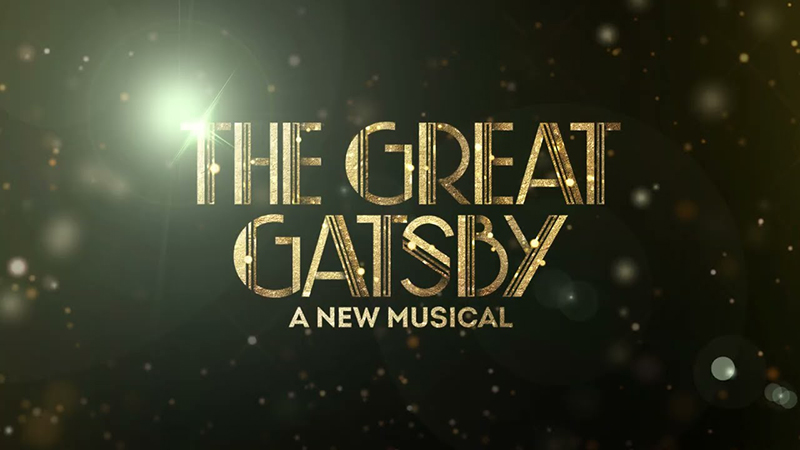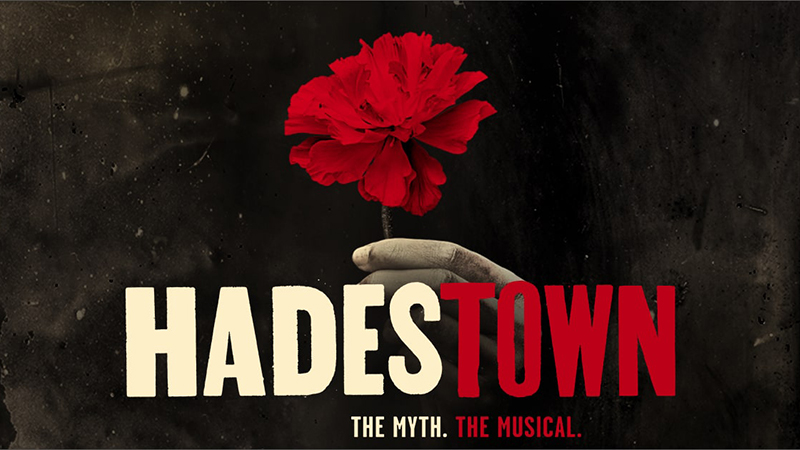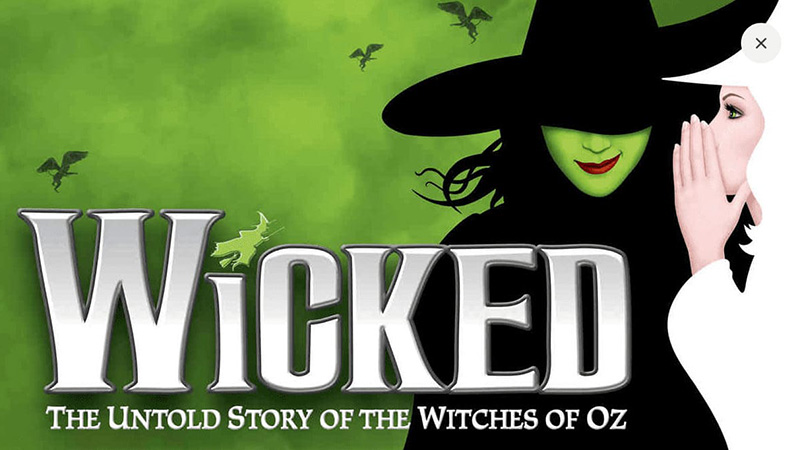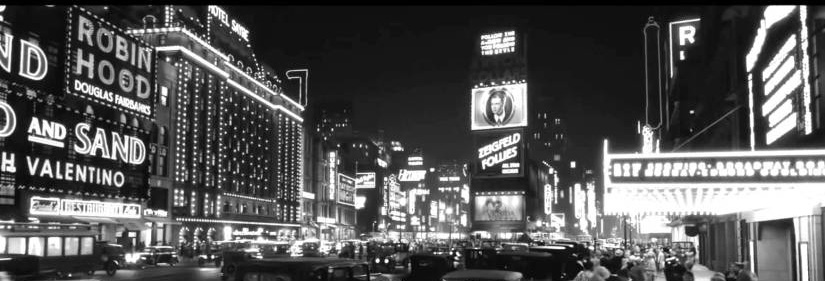A Brief History of Broadway – The Beginnings
- In the mid-1700s, New York welcomed its first resident theater company at a playhouse on Nassau Street, which held about 280 people. Early productions included Shakespeare plays and ballad operas.
- By 1753, a troupe of twelve British actors arrived from Williamsburg, Virginia, performing ballad operas such as The Merchant of Venice and lighthearted farces like Damon and Phillida.
- In 1798, following the Revolutionary War, the 2,000-seat Park Theatre opened on Chatham Street, signaling the city’s growing appetite for theater.
- The 1820s brought rapid expansion, with the opening of the Bowery Theatre (1826) and the 3,000-seat Niblo’s Garden (1829) at Broadway and Prince Street, which hosted both musical and non-musical entertainment.
- Showman P.T. Barnum opened a Lower Manhattan entertainment center in the 1840s, further diversifying the city’s cultural scene.
- New venues followed quickly: Palmo’s Opera House (1844), later converted into Burton’s Theatre, and the Astor Opera House (1847).
- The infamous Astor Place Riot of 1849 highlighted class divisions in New York’s theater audiences, separating entertainment preferences: opera for the upper class, melodramas and minstrel shows for the middle class, and variety shows for the working class.
- Actor Edwin Booth rose to fame during this era, particularly for his legendary 1865 performance of Shakespeare’s Hamlet at the Winter Garden Theatre.
The Rise of the Musical
- By the mid-1800s, theaters began migrating uptown toward midtown Manhattan, where real estate was cheaper. What would later become the Theatre District was still farmland in the early 1800s.
- 42nd Street opened to Manhattan residents in 1836, and by the early 1900s it was becoming the heart of New York theater. Oscar Hammerstein I later built the Victoria Theatre on West 42nd Street.
- In 1857, The Elves became Broadway’s first notable long-running hit with 50 performances.
- The Black Crook, premiering in 1866, is widely regarded as the first modern musical. The 5.5-hour production ran for an unprecedented 474 performances.
- That same year, The Black Domino / Between You, Me and the Post became the first production to call itself a “musical comedy.”
- By 1870, Union Square was Broadway’s central hub. Toward the late 1800s, theaters clustered around Madison Square, and in 1881 the first vaudeville theater opened nearby.
- The early 1900s marked the move toward Times Square, with dozens of theaters built during the 1920s and 1930s.
- By 1906, Broadway theaters began using electric signs to advertise. The bright white bulbs, chosen for their longevity, earned the street its famous nickname: “The Great White Way.”
